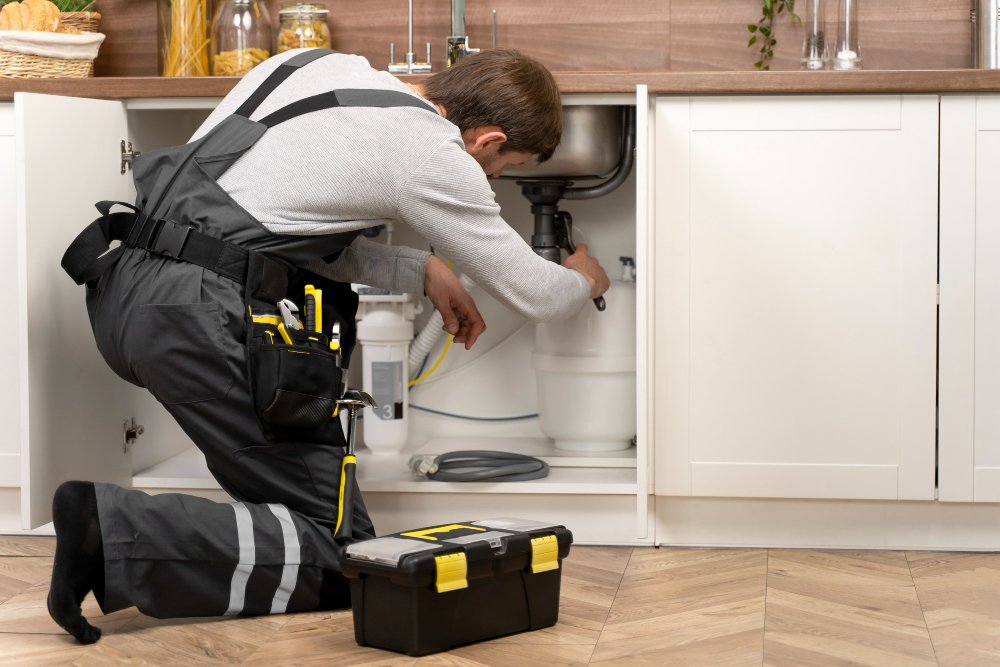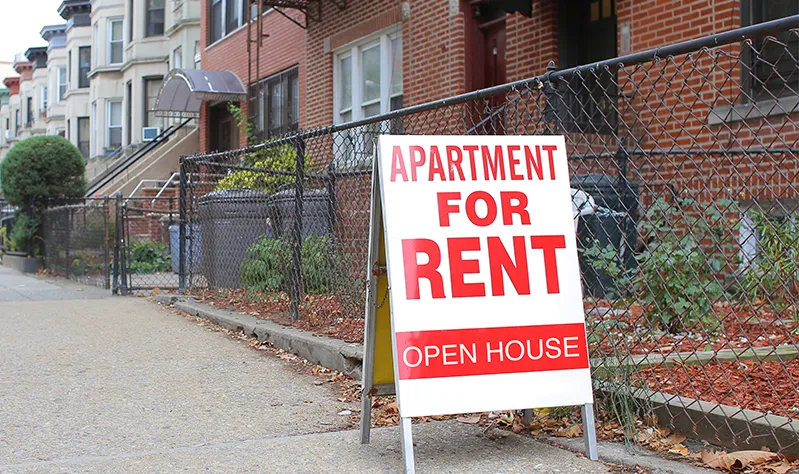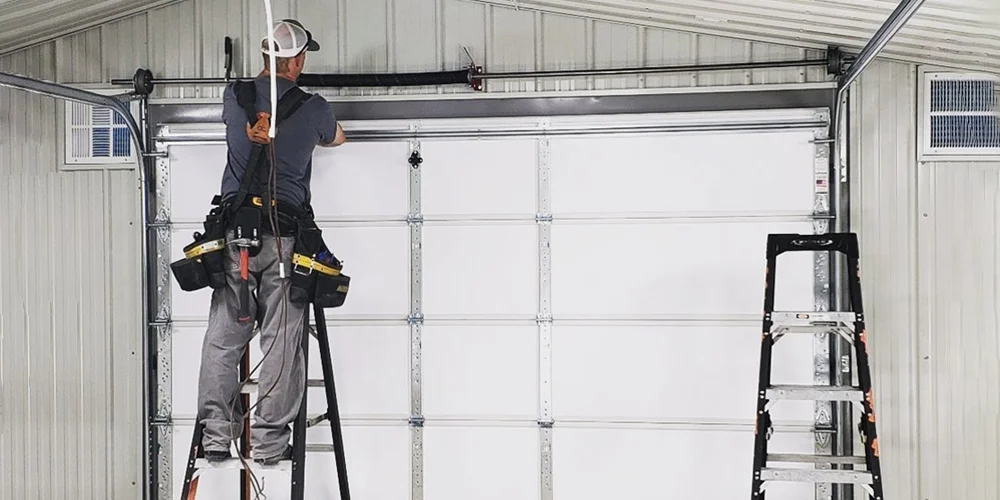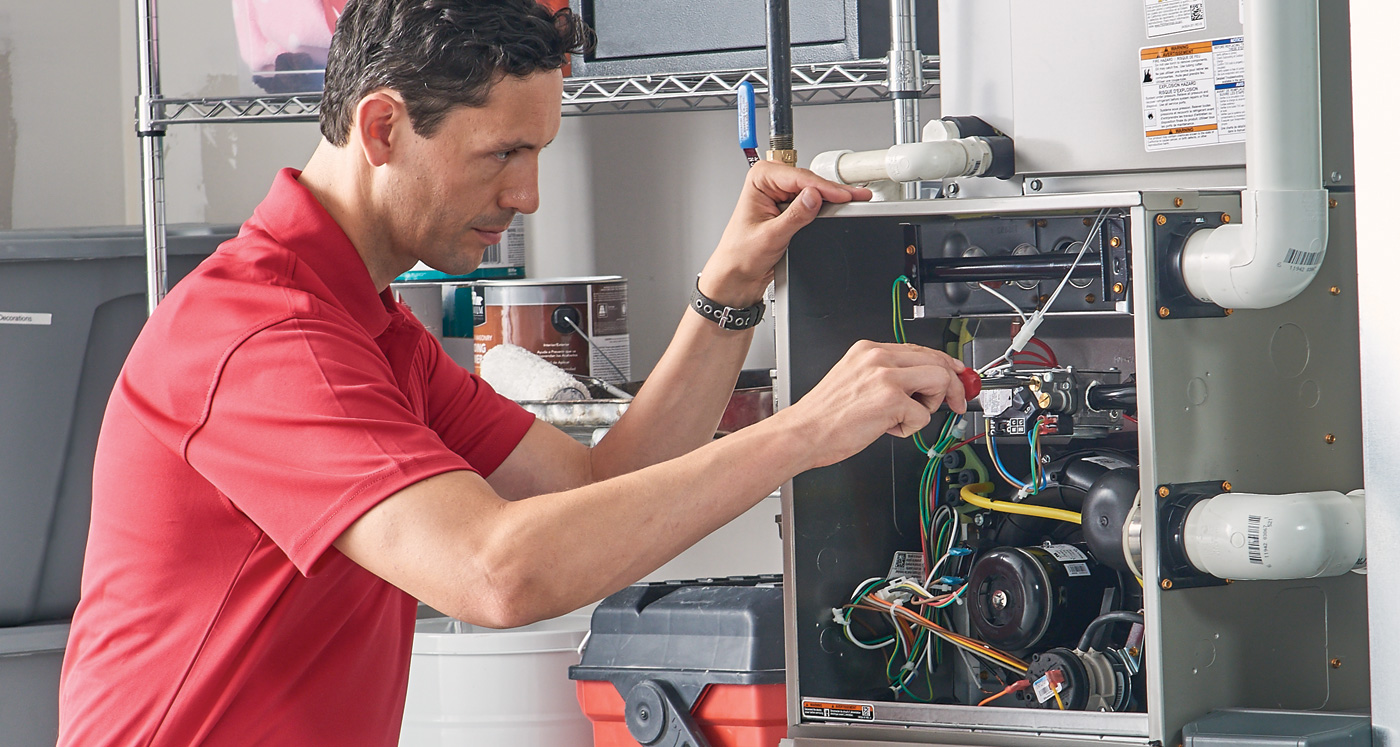How to Find Reliable Toilet Repair Services: Understanding Costs and Saving on Repair Fees.
Finding affordable yet reliable toilet repair services can be challenging. This guide will help you understand repair costs, explore ways to save money, and choose a trustworthy service provider.
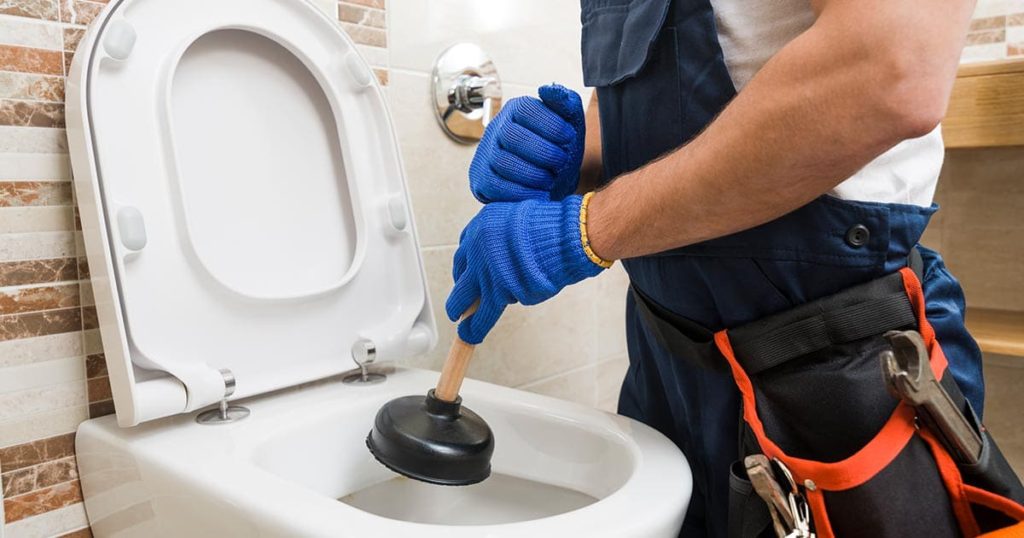
Understanding Common Toilet Repair Costs
To make informed decisions, it’s crucial to understand the typical costs associated with toilet repairs. Prices can vary based on the nature of the problem, the materials needed, and the service provider’s pricing structure. For instance, fixing a minor leak might cost less than replacing a major component like the flushing mechanism or the entire toilet.
Step 1: Research Average Repair Costs
Start by researching average toilet repair costs in your area. Knowing the typical price range can help you avoid being overcharged. Common repairs, such as fixing a running toilet, usually range between $75 to $200, while more extensive repairs can go up to $500 or more. Having a ballpark figure allows you to negotiate better and avoid surprise charges.
Step 2: Compare Quotes from Multiple Providers
One of the most effective ways to manage costs is by comparing quotes from different repair services. Contact at least three providers to get detailed estimates. Make sure these quotes include a breakdown of labor, parts, and any additional fees. This not only helps in finding the most cost-effective option but also provides insights into what each service includes.
Step 3: Look for Cost-Saving Opportunities
Ask potential service providers about any available discounts or promotions. Some companies offer seasonal discounts, coupons, or special pricing for first-time customers. Additionally, check if there are any rebates for installing water-saving parts or upgrading to more efficient systems, which can reduce long-term costs.
Step 4: Avoid Unnecessary Repairs
To avoid overspending, it’s important to only pay for necessary repairs. If a technician suggests extensive repairs or replacement, consider getting a second opinion. In some cases, simple fixes can be more cost-effective than complete replacements. Educating yourself on basic toilet issues can help you distinguish between essential repairs and upselling.
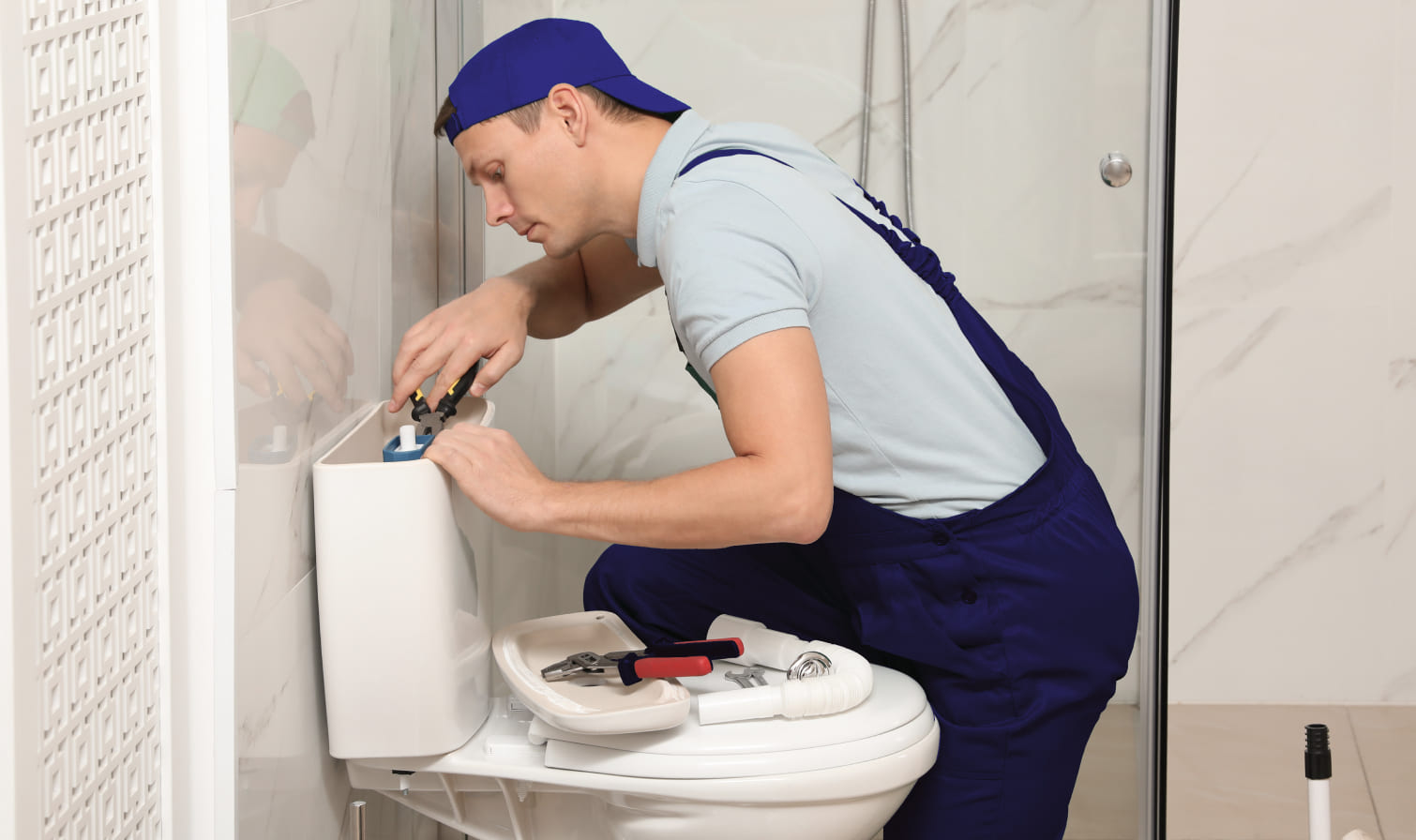
Step 5: Consider DIY for Simple Repairs
If you’re comfortable with basic plumbing, consider handling minor repairs yourself. Fixing a running toilet, replacing a flapper, or unclogging a drain are tasks that many homeowners can manage with a little guidance. This approach can save you significant labor costs. However, for more complex issues, it’s best to hire a professional to avoid causing further damage.
Comparison Table: Factors Influencing Toilet Repair Costs
| Factor | Details | Impact on Cost |
|---|---|---|
| Type of Repair | Simple fixes (e.g., flapper replacement) vs. complex repairs (e.g., leak detection) | High |
| Labor Costs | Varies based on technician expertise and local rates | High |
| Parts Needed | Cost of replacement parts (e.g., valves, seals, flushing systems) | Medium |
| Service Fees | Additional charges for emergency services, travel, or diagnostic fees | Medium |
| Discounts and Promotions | Availability of discounts, coupons, or seasonal offers | Low to Medium |
Conclusion
Finding reliable toilet repair services without breaking the bank involves a combination of research, cost comparison, and strategic decision-making. By understanding typical repair costs, seeking multiple quotes, and exploring cost-saving opportunities, you can ensure quality repairs while staying within your budget. Remember, the cheapest option isn’t always the best—balance cost with the reliability and reputation of the service provider.
You May Also Like:


